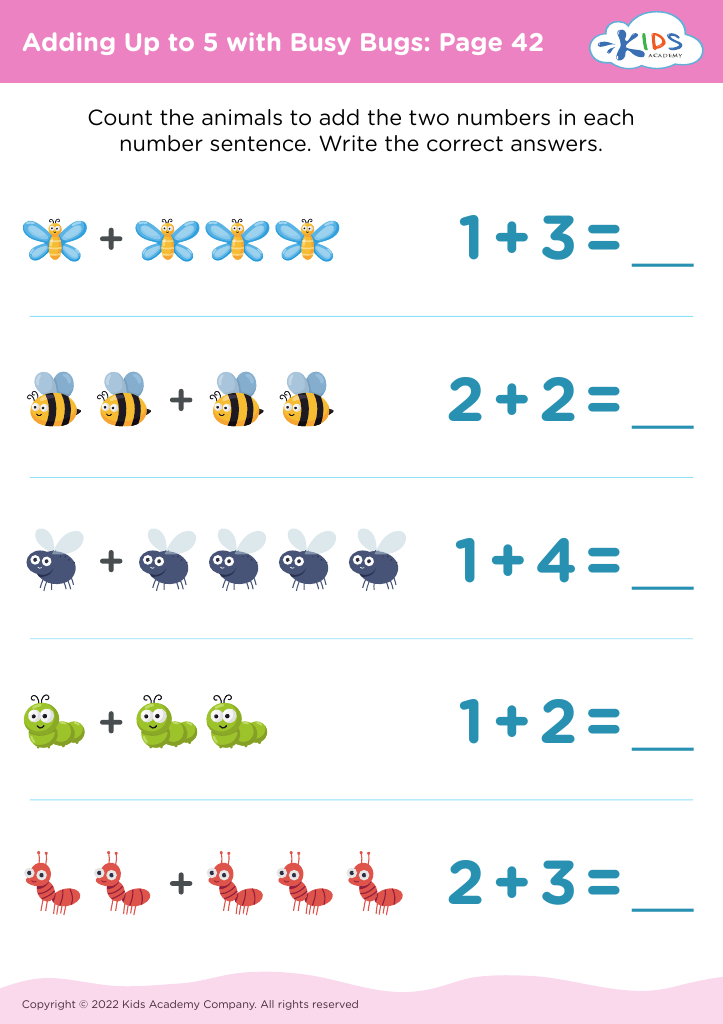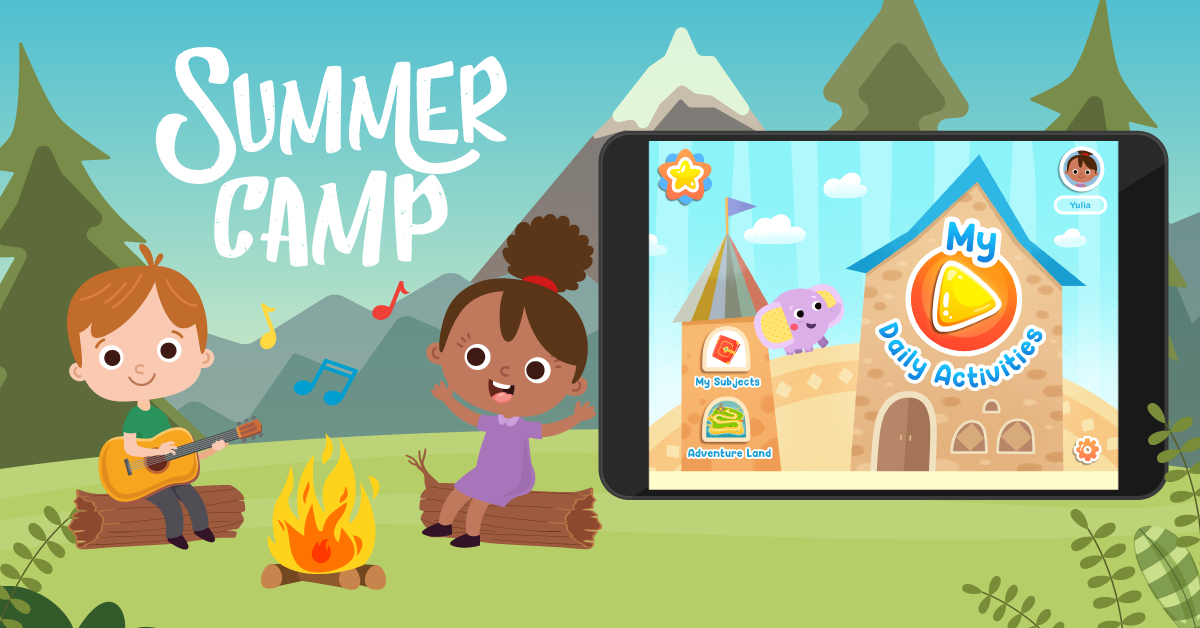Visual perception Preschool Addition & Subtraction Worksheets
14 filtered results
-
From - To
Enhance your preschooler's foundational math skills with our engaging Visual Perception Addition and Subtraction Worksheets! Designed specifically for young learners, these worksheets incorporate visual activities that make math fun and interactive. Children will develop essential skills such as spatial awareness and number recognition as they work through vibrant illustrations and easy-to-follow tasks. By connecting visual cues to mathematical concepts, kids will gain confidence in their addition and subtraction abilities. Perfect for homeschooling, classroom use, or extra practice at home, our resources are a delightful way to encourage early mathematical thinking. Explore our collection today and support your child’s learning journey!


Adding Flower Petals Worksheet


Find 10 Barrels Worksheet
Visual perception is a crucial foundational skill for young children, particularly in contexts such as preschool addition and subtraction. Developing strong visual perception skills helps children recognize and interpret visual information, which is vital for understanding shapes, numbers, and quantities in mathematics.
When parents and teachers prioritize teaching visual perception in relation to addition and subtraction, they are equipping children with essential tools for problem-solving and mathematical reasoning. Visual perception facilitates children's ability to use visual aids, like counting blocks or number lines, effectively, making abstract concepts like addition and subtraction more tangible and understandable.
Moreover, strong visual perception contributes to children's overall cognitive development, enhancing skills such as memory, attention, and spatial awareness. When children are able to perceive and differentiate between objects, patterns, and numerical values, they become more confident learners, prepared for more complex tasks in later grades.
By actively fostering visual perceptual skills, parents and teachers nurture a positive attitude toward math, promoting not just academic success, but also a lifelong love for learning. Ultimately, recognizing and supporting the development of visual perception in young learners is key to laying a solid groundwork for their future educational journeys.





 Assign to My Students
Assign to My Students




























